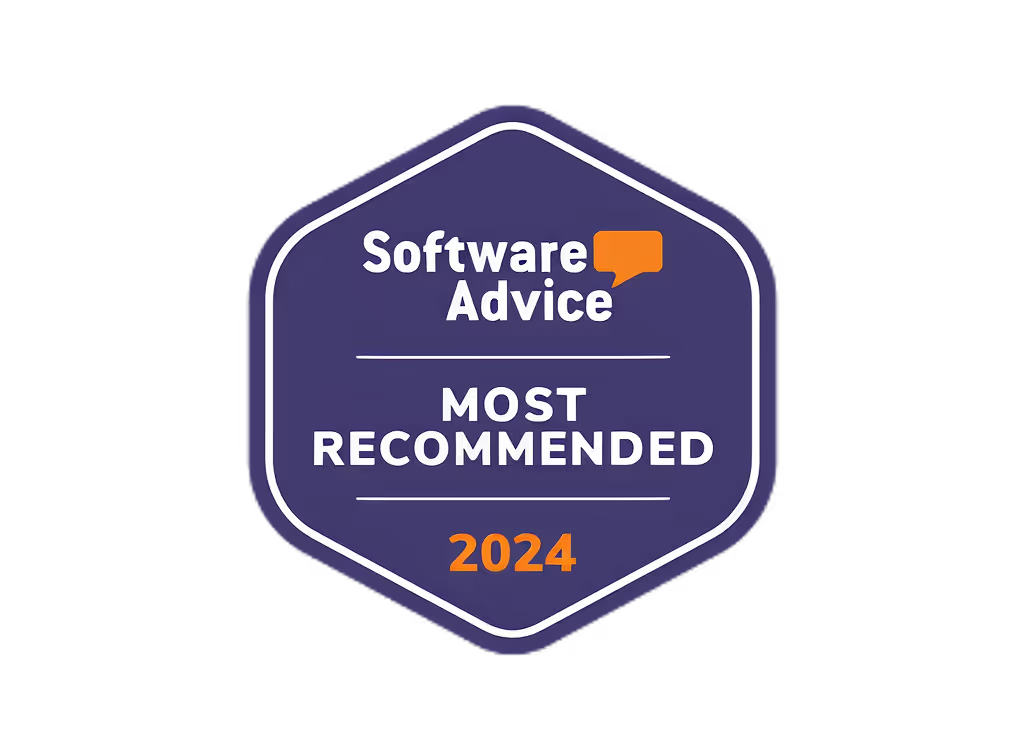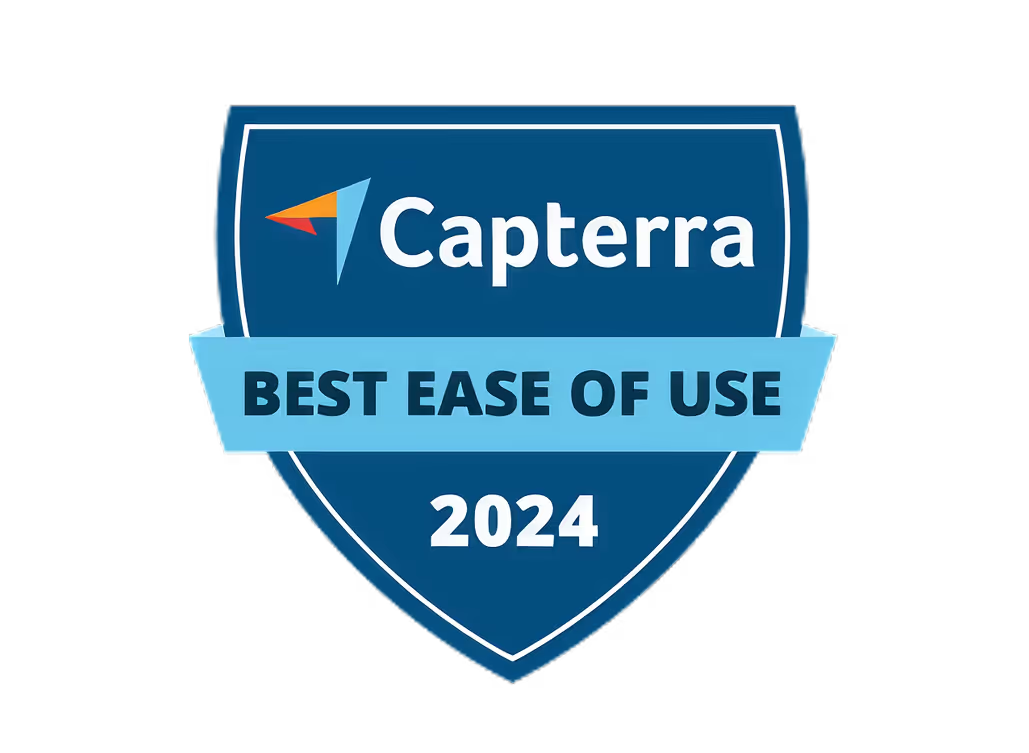7 Factors to Consider When Choosing a White-Label Video API

When selecting a white-label video API for your business, consider these key factors:
- Branding and Customization
- Upload your logo and use brand colors
- Modify the video player design to match your brand identity
- Customize player controls (playback speed, volume, fullscreen)
- Integration with Existing Systems
- Security and Compliance
- Scalability and Performance
- Auto-scaling to handle more users, higher traffic, and more data
- Load balancing and Content Delivery Networks (CDNs) for smooth streaming
- Minimal buffering, fast load times, and high-quality video delivery
- Analytics and Reporting
- Track user engagement (plays, drop-off points, likes, comments)
- Monitor video performance (quality, buffering rates, load times)
- Gain insights to optimize the viewing experience
- Documentation and Support
- Clear documentation with code examples and tutorials
- Responsive technical support via multiple channels
- Comprehensive knowledge base for troubleshooting
- Pricing and Billing
- Compare pricing plans and usage limits across providers
- Watch for hidden costs (overage charges, bandwidth fees, support fees)
- Choose a plan that fits your budget and expected usage
By evaluating these factors, you can select a white-label video API that meets your business needs, provides a branded and seamless user experience, and scales with your growth.
Related video from YouTube
Key Factors to Consider
1. Features and Functionality
Evaluate the API's features against your requirements:
- Video hosting and streaming capabilities
- Player customization options (branding, controls, etc.)
- Supported video formats and codecs
- Adaptive bitrate streaming for smooth playback
- Analytics and reporting tools
- Security features (DRM, encryption, etc.)
2. Performance and Reliability
Assess the API's performance and reliability:
- Global content delivery network (CDN) coverage
- Uptime and availability guarantees
- Scalability to handle traffic spikes
- Redundancy and failover mechanisms
3. Ease of Integration
Consider the API's integration process:
- Well-documented APIs and SDKs
- Developer support and resources
- Compatibility with your tech stack
- Ease of implementation and deployment
4. Pricing and Cost-Effectiveness
Evaluate the pricing model and overall cost:
Pricing ModelDescriptionPay-as-you-goPay for actual usage (e.g., bandwidth, storage)SubscriptionFixed monthly or annual feeHybridCombination of pay-as-you-go and subscription
Compare costs against your budget and projected usage.
5. Customer Support
Assess the level of customer support provided:
- Availability of technical support (email, phone, chat)
- Response times and support quality
- Knowledge base and documentation
- Community forums and resources
6. Security and Compliance
Ensure the API meets your security and compliance needs:
- Data encryption and secure streaming protocols
- Compliance with industry standards (e.g., GDPR, HIPAA)
- Robust access controls and user authentication
- Regular security audits and updates
7. Roadmap and Future Development
Consider the API's roadmap and future development plans:
- Frequency of updates and new feature releases
- Commitment to innovation and staying current with industry trends
- Alignment with your long-term business goals and growth plans
1. Branding and Customization Options
Logo and Color Integration
A good white-label video API lets you customize the video player to match your brand's look and feel. You should be able to:
- Upload your company logo
- Change the color scheme to your brand colors
- Modify the player's design to reflect your brand identity
This ensures a consistent experience for users across all platforms.
Customizable Player Controls
The API should also allow you to tailor the player controls to your needs. This includes features like:
- Playback speed control
- Volume control
- Fullscreen mode
Customizing the controls creates an intuitive, user-friendly viewing experience aligned with your brand's design and user experience goals.
2. Integration with Existing Systems
Compatibility with Current Tools
When choosing a white-label video API, check if it works well with the tools you already use, like CRM, CMS, and others. This ensures a smooth setup process and avoids technical issues. Look for APIs that support popular platforms and frameworks, such as React, Angular, or Vue.js, to make integration easier.
Easy Integration
Consider how straightforward it is to integrate the video API with your existing platform. A good white-label video API should provide clear documentation, code samples, and technical support to help with the integration process. This includes step-by-step instructions on how to implement the API, as well as assistance through channels like email, phone, or live chat. An easy integration process saves you time and effort, allowing you to focus on developing your application or website.
Integration AspectDescriptionDocumentationClear, detailed guides on API implementationCode SamplesExample code snippets for various use casesTechnical SupportAssistance via email, phone, chat, or forumsCompatibilitySupport for popular frameworks and platforms
A seamless integration experience is crucial for a smooth transition to the new video API, minimizing disruptions and ensuring a consistent user experience across your platforms.
3. Security and Compliance Standards
When choosing a white-label video API, it's crucial to ensure it follows industry regulations and provides robust security measures to protect your data and content.
Data Protection
Look for these data protection features:
FeatureDescriptionEncryptionSecures sensitive information using industry-standard encryptionSecure AccessStrong user authentication prevents unauthorized accessSecure TransmissionPrevents data breaches during transmission
Regulatory Compliance
Ensure the API complies with relevant regulations like:
- GDPR: Protects user data and privacy
- HIPAA: Safeguards healthcare information
- Other Industry Standards: Meets requirements for your specific sector
Compliance with these regulations is essential to maintain customer trust and avoid legal issues.
sbb-itb-606b7a1
4. Scalability and Performance
As your business grows, you'll need a video API that can handle increased traffic and usage without slowing down. This is where scalability and performance become crucial.
Handling Growth
A scalable API can adapt to your changing needs, such as:
- More users: It can handle a larger user base without performance issues.
- Higher traffic: It can manage spikes in traffic during peak times.
- More data: It can store and deliver more video content as your library expands.
Look for APIs that offer features like:
FeatureDescriptionAuto-scalingResources automatically adjust to match demandLoad balancingTraffic is distributed across multiple serversContent Delivery Networks (CDNs)Content is delivered from servers closer to users, reducing latency
Smooth Streaming
Performance metrics to consider include:
- Load times: How quickly the video player loads and starts playing.
- Uptime: Ensuring the API is available and accessible at all times.
- Streaming quality: Maintaining a high-quality video streaming experience.
- Buffering rates: Minimizing buffering and interruptions during playback.
A high-performing API ensures a smooth viewing experience for your users, even during times of high traffic or usage.
5. Analytics and Reporting Tools
Understanding how your videos perform and how users engage with them is crucial. Look for an API that provides clear analytics and reporting tools.
User Engagement Tracking
Track how viewers interact with your content:
- Playback stats: See the number of plays, pauses, and completed views.
- Drop-off points: Find where viewers lose interest or stop watching.
- Engagement metrics: Measure likes, comments, and shares.
Performance Metrics
Monitor video performance to improve the viewing experience:
MetricDescriptionVideo qualityTrack resolution, bitrate, and frame rateBuffering ratesIdentify buffering issuesLoad timesSee how quickly videos start playing
With detailed analytics, you can optimize your content and provide a smooth viewing experience.
6. Documentation and Support
Clear Documentation
A good white-label video API should provide clear and easy-to-follow documentation for developers, including:
- Code Examples: Simple code snippets demonstrating how to integrate the API with your application.
- API Reference: A detailed reference guide explaining all API endpoints, parameters, and response formats.
- Tutorials and Guides: Step-by-step tutorials and guides to help developers get started quickly and troubleshoot common issues.
Responsive Technical Support
Evaluate the availability and responsiveness of the technical support team:
Support AspectDescriptionSupport ChannelsAre multiple channels available, such as email, phone, and chat?Response TimeHow quickly does the team respond to inquiries and resolve issues?Knowledge BaseIs a comprehensive knowledge base available with answers to common questions and solutions?
Well-documented APIs with responsive technical support can significantly reduce the time and effort required for integration, ensuring a smoother development process and faster time-to-market.
7. Pricing and Billing Models
Compare Pricing Plans
When choosing a white-label video API, it's crucial to compare pricing plans from different providers. This helps you find the best fit for your budget and needs. Consider these factors:
- Usage limits: Check the limits on video uploads, storage, and delivery to ensure they match your expected usage.
- Additional fees: Look for any extra fees for features like encoding, transcoding, or CDN delivery.
- Long-term costs: Calculate the total cost over time, including discounts for annual payments or high usage.
For example, api.video offers plans like Community Free, Premium, Business, and Enterprise Custom. Each plan has different features and pricing, so evaluate which one suits your requirements.
Avoid Hidden Costs
When evaluating pricing plans, watch out for any hidden costs or fees that may arise from usage or overage charges. These can quickly add up and impact your budget. Some common hidden costs include:
Hidden CostDescriptionOverage chargesAdditional fees for exceeding usage limitsBandwidth feesCharges for high-bandwidth usageSupport feesExtra costs for premium support or priority assistance
Be sure to understand all potential costs to avoid surprises and stay within your budget.
Conclusion
Choosing the right white-label video API is crucial for businesses looking to create an engaging online presence. By considering these seven key factors, you can make an informed decision that meets your specific needs and goals:
1. Branding and Customization
Look for an API that allows you to:
- Upload your logo
- Use your brand colors
- Modify the player design
This ensures a consistent, branded experience for your users.
2. Integration with Existing Systems
Check if the API works with your current tools and platforms. It should provide clear documentation, code samples, and support to help with integration.
3. Security and Compliance
Ensure the API:
- Encrypts data
- Requires strong user authentication
- Complies with relevant regulations (GDPR, HIPAA, etc.)
This protects your data and content while maintaining customer trust.
4. Scalability and Performance
A scalable API can handle:
- More users
- Higher traffic
- More data
It should also provide smooth streaming with minimal buffering and fast load times.
5. Analytics and Reporting
Look for tools to track:
- User engagement (plays, drop-off points, etc.)
- Video performance (quality, buffering rates, load times)
This helps you optimize the viewing experience.
6. Documentation and Support
The API should offer:
- Clear documentation with code examples and tutorials
- Responsive technical support via multiple channels (email, phone, chat)
- A comprehensive knowledge base
This ensures a smooth development process.
7. Pricing and Billing
Compare pricing plans and watch for hidden costs like:
- Overage charges
- Bandwidth fees
- Support fees
Choose a plan that fits your budget and expected usage.

















